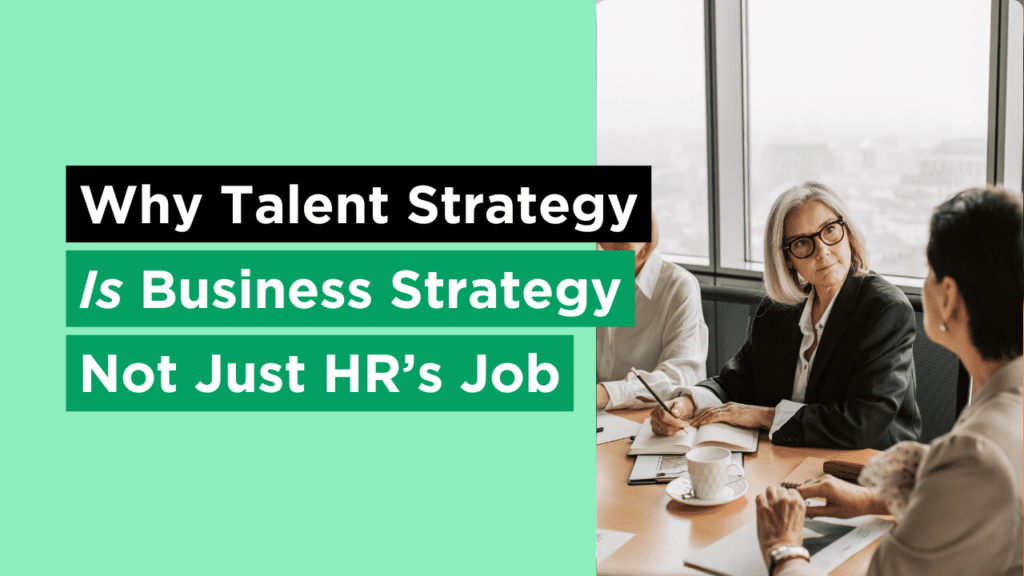Your most important hires don’t have to be your toughest. Using our straightforward system, you can strengthen your company’s business-critical hiring in no time.
Business-critical roles are the ones which add the most value and have the greatest strategic impact in your company. Roughly 20% of a business’ hires can be described as business-critical. The kind of roles to fall under this category aren’t necessarily C-suite or managerial either; depending on your organisation and its outputs, it’s just as likely that a software engineer, social media manager or accountant could be one of the most important roles in your business. If your outputs, reputation or operations would suffer significantly if this role was unfilled, there’s a good chance it’s business-critical.
As specialists in business-critical recruitment, we’re often asked the best way to hire for such a role. Unfortunately the answer is usually dependent on the company hiring, but we’ve decided to outline the first steps for any organisation that wants to up its game when it comes to business-critical hiring. It’s a simple as A, B, C!
A – Assess
Learning from the past is the cheapest and fastest way to make real change. As soon as a business-critical vacancy arises, gather stakeholders together and have an open, frank discussion about mistakes, learning opportunities and points for improvement. What attributes made the previous employee great or average? Is the role unchanged, or should responsibilities and requirements be updated or amended? Hiring the same person over and over again means the role remains stagnant, as does its contribution to the business. In today’s rapidly-changing business landscape, we can’t see a scenario where any role in unchanged over the course of 3/4 years.
 B – Breakdown
B – Breakdown
We don’t mean panic! Take a long, hard look at what you’ve come up with during the previous step and ask yourself what makes this role business-critical. Is it the impact a vacancy would have on other functions? Maybe production would stall if this role wasn’t filled correctly? Or perhaps it requires someone to generate ideas quickly and regularly; what would happen if creativity or innovation was missing from a candidate’s skill set? This exercise will ensure you identify the key markers which make a great hire for the role. Often-overlooked soft skills such as emotional intelligence, attitude to teamwork and culture fit can make all the difference when it comes to attracting and retaining a hire in the right place.
C – Challenge
Reflecting on what you’ve come up with, ask whether or not this could change in the near future. Are your answers and assessments based on existing knowledge and ‘the way it’s always been done’, or are you taking into account the drivers of change, employment and workplace trends, new tech and competitors? Will the roles you’ve identified still be business-critical in the months and years to come, or will the changing landscape alter your business’ needs too? A market assessment as well as a candidate one keeps your organisation on top of any talent shortages or competitive demands that might be around the corner.


 B – Breakdown
B – Breakdown


